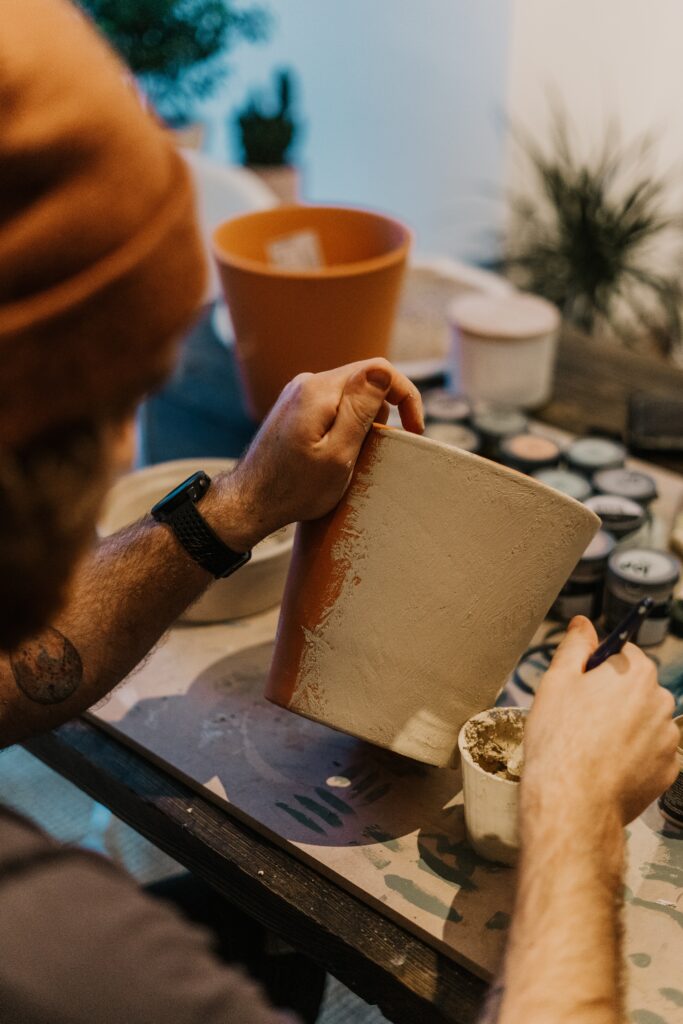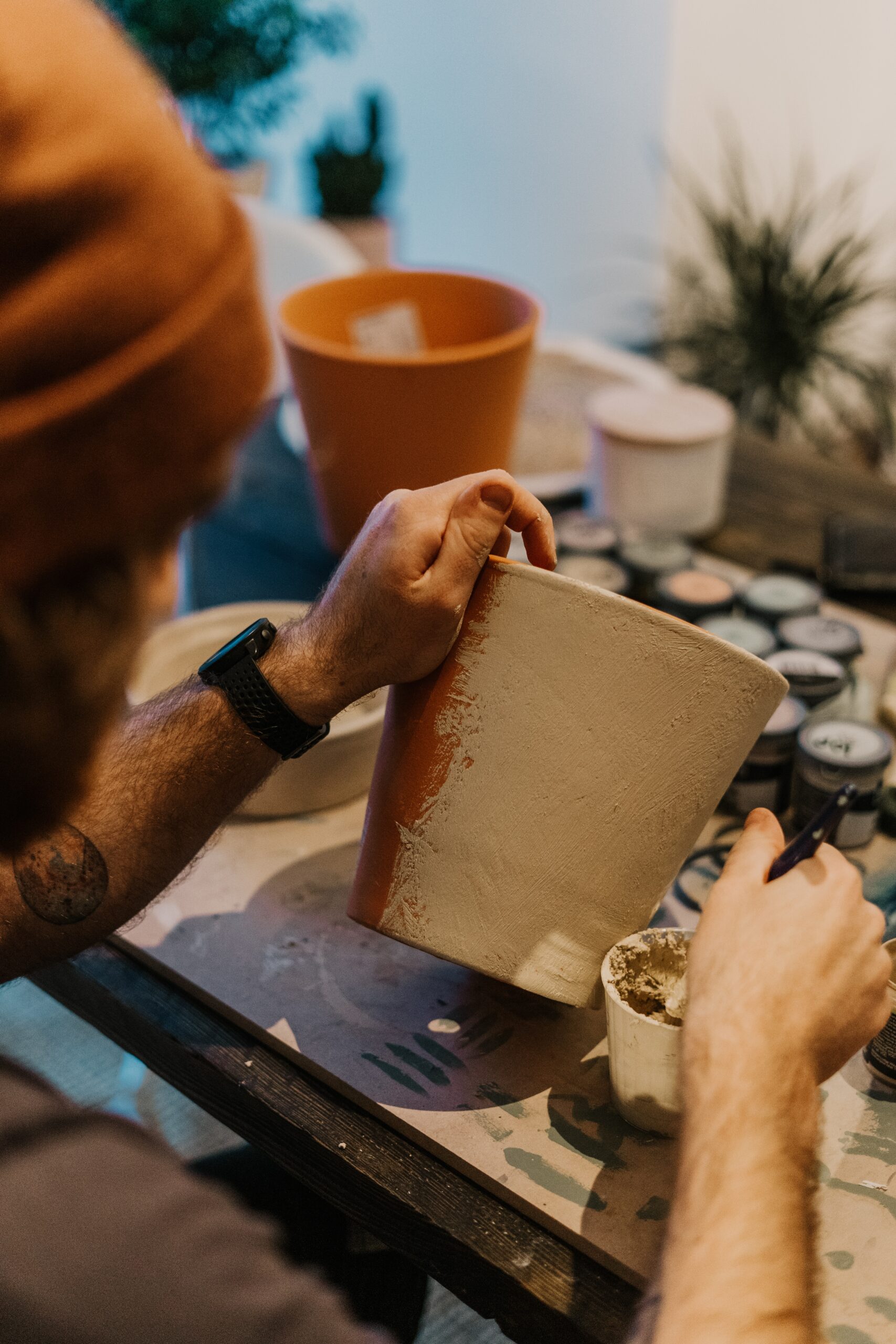Are you eager to start using your new Instant Pot but feeling a bit overwhelmed at the thought of setting it up? Worry not, because we’re here to help! In this article, we will answer the question “How Do I Set Up My New Instant Pot?” and walk you through the step-by-step process of setting up your new Instant Pot, ensuring that you’ll be able to enjoy delicious meals and save time in the kitchen in no time at all. So let’s get started and make the most out of your Instant Pot experience!
Unboxing
Inspecting the packaging
When we first receive our new Instant Pot, it’s important to inspect the packaging. We want to make sure that it arrives in good condition and there are no signs of damage. Look for any dents, tears, or punctures in the box. If everything looks good, we can proceed to the next step.
Removing the contents
Carefully open the box and remove the Instant Pot and its accessories. Be sure to check that all the components listed in the manual or product description are included. These may include the inner pot, lid, sealing ring, steam release valve, and any additional accessories that may have been included with your specific model.
Checking for any damages
Now that we have the Instant Pot and its accessories laid out, it’s time to inspect them for any damages. Check the inner pot for any scratches or dents. Examine the lid for any cracks or chips. Inspect the sealing ring for any tears or damage. If everything looks good, we can move on to the next steps of setting up our Instant Pot.
Cleaning the Instant Pot
Washing the inner pot and accessories
Before using our Instant Pot for the first time, it’s crucial to clean the inner pot and accessories thoroughly. Wash the inner pot, lid, sealing ring, and any other removable parts with warm soapy water. Rinse them well to remove any soap residue. This step ensures that any manufacturing residues are removed and ensures a clean cooking experience.
Cleaning the exterior
Next, let’s clean the exterior of the Instant Pot. Wipe it down with a damp cloth to remove any dust or fingerprints. Pay extra attention to the control panel area, ensuring it is clean and dry. Taking care of the exterior not only keeps the Instant Pot looking great but also helps maintain its performance over time.
Removing any residues
After cleaning the Instant Pot, it’s essential to check for any residues that may still be present. Run your fingers along the inside of the sealing ring groove and make sure there are no leftover food particles or debris. Similarly, inspect the steam release valve to ensure it is clean and unobstructed. This thorough cleaning process prepares the Instant Pot for our first use.

Assembling the Instant Pot
Attaching the steam release valve
To assemble our Instant Pot, we start by attaching the steam release valve. It should easily fit into the designated slot on the lid. Make sure it is securely in place for safe and proper functioning during cooking.
Placing the sealing ring
Next, we need to place the sealing ring on the inside of the lid. Ensure it is fitted snugly into the groove, as it plays a crucial role in creating a tight seal during cooking. The sealing ring may have a distinct odor at first, but this will dissipate with use. It’s important to periodically check and clean the sealing ring to maintain its performance.
Inserting the inner pot
Once we’ve attached the steam release valve and placed the sealing ring, we can insert the inner pot into the Instant Pot. The inner pot should slide in smoothly and securely. It’s important to make sure it is properly seated so that it remains stable during cooking.
Attaching the lid
With the inner pot in place, we can now attach the lid to our Instant Pot. Place the lid on top of the inner pot, aligning the arrows on the lid and the handle. Twist the lid clockwise until it is securely locked in place. A properly attached lid is crucial for safe and effective cooking.
Understanding the Control Panel
Identifying the buttons
The control panel of the Instant Pot may look overwhelming at first, but it’s actually quite intuitive. Familiarize yourself with the various buttons and their functions. Common buttons found on most models include “Manual/Pressure Cook,” “Saute,” “Steam,” “Slow Cook,” and “Keep Warm.” Take a moment to read through the user manual to understand the specific functions of each button on your particular Instant Pot model.
Familiarizing with display icons
In addition to the buttons, the Instant Pot’s display also features various icons and indicators. Familiarize yourself with these display icons as they provide important information about the cooking progress and status. These icons may include pressure indicators, temperature indicators, cooking time indicators, and more. Understanding these icons will help us navigate through the cooking process with ease.
Knowing the function of each button
Knowing the function of each button is essential for operating the Instant Pot effectively. Take the time to understand what each button does and how it affects the cooking process. For example, the “Manual/Pressure Cook” button allows us to manually set the cooking time and pressure, while the “Saute” button is used for browning or sauteing ingredients before pressure cooking. Understanding these functions will empower us to make the most of our Instant Pot.

Setting Up the Instant Pot for First Use
Adding water for initial test run
Before we dive into cooking our favorite recipes, it’s recommended to perform an initial test run with water. Start by adding water to the inner pot. The amount of water required may vary depending on the model, so refer to the user manual for specific instructions.
Performing the water test
Once we’ve added water to the inner pot, it’s time to perform the water test. Close the lid properly by aligning the arrows and twisting it clockwise until it locks. Select the “Manual/Pressure Cook” button and adjust the cooking time to 2-3 minutes. Make sure the steam release valve is in the sealed position.
Clearing any manufacturing residues
During the water test, the Instant Pot will come up to pressure, and steam will be released from the steam release valve. This process helps clear any manufacturing residues that may be present. After the cooking cycle is complete, allow the pressure to release naturally, and then carefully open the lid. Once the water test is done, our Instant Pot is ready for its first cooking adventure.
Connecting to Power
Identifying the power cord
Before connecting our Instant Pot to a power outlet, it’s important to identify the power cord. It usually comes attached to the back of the Instant Pot, neatly tucked away. Ensure that the power cord is not damaged in any way before proceeding.
Plugging into a power outlet
Now that we’ve identified the power cord, we can plug it into a power outlet. Make sure the power outlet is easily accessible and within reach. Ensure that the power outlet is functioning correctly before connecting the Instant Pot.
Ensuring a grounded connection
To ensure a safe operation, it’s important to ensure a grounded connection. Check that the power outlet has proper grounding, as indicated by the presence of a three-pronged outlet and matching plug on the Instant Pot power cord. This grounding connection protects against potential electrical hazards and promotes safe usage.

Basic Operation of the Instant Pot
Preparing the ingredients
Before we start cooking with our Instant Pot, we need to prepare the ingredients for the recipe we’ll be using. This may involve chopping vegetables, marinating meat, or measuring out spices and other seasonings. Preparing the ingredients in advance saves time and allows for a smooth cooking process.
Adding ingredients to the inner pot
Once the ingredients are prepared, it’s time to add them to the inner pot of the Instant Pot. Follow the recipe instructions for layering the ingredients, taking care not to exceed the maximum fill line indicated on the inner pot. Overfilling may lead to issues with pressure build-up during cooking.
Closing the lid properly
After adding the ingredients, it’s important to close the Instant Pot lid properly. Align the arrows on the lid and handle, then twist the lid clockwise until it locks into place. A properly closed lid ensures a tight seal and efficient cooking.
Selecting a cooking program
Depending on the recipe or cooking method, we will need to select a specific cooking program on our Instant Pot. Common cooking programs include “Manual/Pressure Cook,” “Saute,” “Steam,” or “Slow Cook.” Refer to the recipe instructions or manual for the appropriate cooking program and settings.
Adjusting cooking settings
In addition to selecting a cooking program, we may need to adjust cooking settings such as time, pressure level, or temperature. The Instant Pot offers various options to customize the cooking process. Refer to the recipe or manual for specific instructions on adjusting the cooking settings to achieve the desired outcome.
Troubleshooting
Identifying common issues
While using our Instant Pot, it’s possible to encounter some common issues. These may include difficulty closing the lid, error codes displayed on the control panel, or uneven cooking results. Familiarize yourself with these common issues so that you can troubleshoot them effectively if they occur. The user manual is an invaluable resource for identifying and resolving these issues.
Checking error codes
If an error code appears on the control panel, don’t panic! The Instant Pot is designed to display error codes to assist in troubleshooting. Consult the user manual or the Instant Pot website to identify the specific error code and refer to the troubleshooting section for guidance on resolving the issue.
Resolving common problems
For common problems such as difficulty closing the lid or uneven cooking, there are often straightforward solutions. Ensure that the sealing ring is properly seated, clean the steam release valve if necessary, and double-check the recipe instructions for proper ingredient measurements and placement. The user manual and reliable online resources can provide additional guidance for troubleshooting and resolving any issues that may arise.
Maintenance and Care
Cleaning after each use
After each use of our Instant Pot, it’s important to clean it thoroughly. Remove the inner pot, sealing ring, and steam release valve and wash them with warm soapy water. Wipe down the exterior with a damp cloth, paying attention to areas that may have come into contact with food or liquid. Regular cleaning ensures a hygienic and long-lasting Instant Pot.
Removing and cleaning the sealing ring
The sealing ring, located inside the lid, requires periodic cleaning to maintain its performance. Remove the sealing ring and wash it with warm soapy water. Pay attention to any debris or food particles that may have accumulated in the grooves. Allow the sealing ring to dry completely before reattaching it to the lid.
Cleaning the steam release valve
The steam release valve is an essential component of the Instant Pot. It allows the release of pressure during cooking. Over time, the valve may become dirty or clogged. Remove the steam release valve and wash it with warm soapy water. Ensure that it is free from any residues or obstructions before placing it back into the Instant Pot.
Storing the Instant Pot
When not in use, it’s important to store our Instant Pot properly. Remove the inner pot, lid, and other detachable parts for cleaning and drying. Once dry, reassemble the Instant Pot and find a safe and accessible storage location. Keep it away from heat sources and ensure that it is stored in a dry environment. Proper storage prolongs the lifespan of our Instant Pot.
Additional Tips and Tricks
Utilizing pre-programmed settings
Most Instant Pot models come with pre-programmed settings for commonly cooked dishes such as rice, soup, or yogurt. These settings simplify the cooking process and ensure consistent results. Explore the pre-programmed settings on your particular model and leverage them to save time and effort in the kitchen.
Using the delay start option
The delay start option is a convenient feature that allows us to set a specific time for the Instant Pot to start cooking. This is especially useful when we want to plan our meal in advance or require the dish to be ready at a specific time. Simply set the desired delay start time and let the Instant Pot take care of the rest.
Utilizing the keep warm function
The keep warm function is a handy feature that helps to keep our food warm after it has finished cooking. This is particularly useful when we want to serve the dish later or if different members of the household have different meal times. The keep warm function ensures that our food stays at a safe temperature until we are ready to enjoy it.
Exploring recipe resources
The world of Instant Pot cooking is vast and full of endless possibilities. Explore recipe resources such as cookbooks, websites, and online communities to discover new and exciting recipes to try with your Instant Pot. Experiment with different cuisines, flavors, and ingredients to make the most out of your cooking experience.
In conclusion, setting up and using our new Instant Pot is an exciting journey. By following the steps outlined in this article, we can confidently unbox, clean, assemble, and operate our Instant Pot. Remember to familiarize yourself with the control panel, troubleshoot any issues that may arise, and maintain the Instant Pot regularly. With proper care and exploration of its features, our Instant Pot will become an indispensable kitchen companion, helping us create delicious meals with ease. Enjoy the adventure of cooking with your new Instant Pot!




